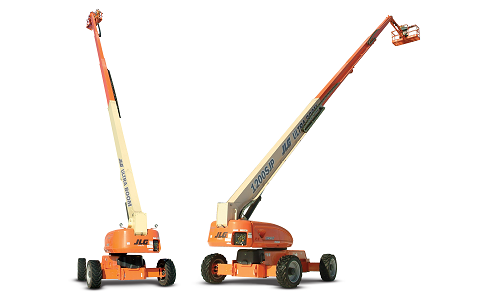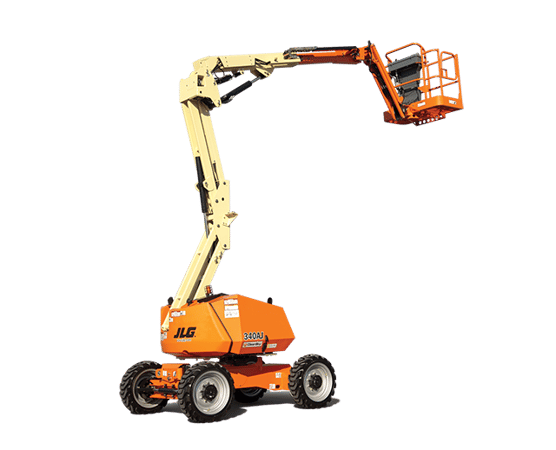Maximize Your Spending Plan by Recognizing the Expenses Connected With Building And Construction Devices Leasings
Understanding the complete scope of expenses connected with building equipment services is critical for maximizing your spending plan. What techniques can be utilized to effectively handle these costs and guarantee an extra efficient rental experience?
Summary of Rental Costs
When taking into consideration building and construction equipment leasings, understanding the associated costs is critical for effective budgeting and project planning. Rental costs can differ considerably based upon a number of factors, including tools type, period of rental, and location. The first rental charge typically reflects the devices's market demand and its linked operational capabilities, influencing the total cost.
In addition to the base rental price, secondary costs might arise, such as transportation charges, gas surcharges, and upkeep costs. It is necessary to account for these added expenses to precisely analyze the total cost of leasing devices. The rental period can impact rates; longer rentals may certify for affordable rates, while temporary leasings could incur higher everyday costs.

Break Down of Rental Rates
A comprehensive understanding of rental prices is essential for professionals and project supervisors aiming to enhance their budget plans. Rental rates for building tools commonly contain numerous components, consisting of base rates, time-based charges, and use costs.
Base prices are the core fees related to the rental of the equipment, frequently figured out by the kind and size of the machinery. These prices can vary substantially, affected by variables such as devices demand, accessibility, and regional market trends. Time-based costs, which might be daily, weekly, or monthly, serve to accommodate various job timelines and rental durations.
Additionally, rental prices may include usage fees, which are suitable when devices is utilized past a specified threshold, making sure that the rental company can represent damage. Seasonal need variations can likewise influence rental rates, with peak building seasons normally commanding higher costs.
Additionally, understanding the rental firm's plans pertaining to upkeep and insurance coverage can give further insight into the total cost framework. By examining these parts, contractors can make informed choices, ensuring the selection of rental tools straightens with both project needs and budget plan restrictions.
Extra Costs to Consider
Comprehending the details of added charges is essential for professionals to handle their general service costs effectively. Past the standard rental rates, different supplementary charges can substantially affect the complete expense of devices leasing. These charges usually include shipment and pickup charges, which can vary based on distance and logistics involved in carrying the devices to and from the job website.
In addition, some rental companies may impose gas additional charges if the devices is returned with less fuel than when rented. It is also necessary to understand potential cleaning fees, particularly for specialized equipment that requires comprehensive maintenance after usage.

Completely websites examining the rental arrangement and clearing up these added costs in advance can aid service providers stay clear of unexpected prices and ensure that budgets continue to be intact throughout the project lifecycle.
Upkeep and Repair Work Expenditures
Routine repair and my sources maintenance expenses are frequently forgotten aspects that can considerably affect the total expense of building and construction devices rentals. When leasing tools, it is important to consider not only the rental costs however additionally the potential expenses connected with maintaining the machinery in ideal operating condition.
Lots of rental companies consist of fundamental upkeep as component of the rental arrangement; nevertheless, a lot more extensive fixings or unforeseen breakdowns can bring about additional costs. It's vital to assess the rental contract thoroughly to comprehend what maintenance solutions are covered and what responsibilities fall on the occupant.
In addition, devices that is not well-kept can result in ineffectiveness on the job website, potentially triggering delays and increasing job costs. To mitigate these dangers, it is recommended to conduct routine assessments and maintain open interaction with the rental provider concerning any kind of concerns that arise during usage.
Insurance and Responsibility Costs
Insurance coverage and responsibility prices are essential parts that can significantly impact the total expenditure of building tools services (forklift rental). These expenses guarantee that both the rental company and the customer are protected from potential economic losses emerging from crashes, damage, or theft throughout the rental duration

Furthermore, customers must recognize any deductibles or exemptions in the insurance plan, as these can affect prospective out-of-pocket costs. Recognizing the terms and conditions of any kind of insurance protection is important to stay clear of unforeseen prices. Ultimately, budgeting for insurance policy and liability expenditures can assist guarantee a smoother rental experience and shield against monetary threats connected with building and construction tasks.
Final Thought
In final thought, a comprehensive understanding of the costs connected with building More hints equipment rentals is vital for efficient spending plan management. Ultimately, educated decision-making pertaining to devices leasings contributes to the general success of building endeavors.
Rental costs can differ significantly based on several factors, including devices type, duration of service, and area (construction equipment rentals). The rental period can impact pricing; longer rentals might certify for reduced rates, while short-term rentals could sustain higher daily charges
By performing thorough research and involving with credible rental firms, specialists can properly browse the intricacies of rental pricing, ultimately maximizing their monetary resources.
Beyond the typical rental prices, various extra costs can considerably influence the overall price of equipment rental. Rental companies commonly offer responsibility insurance that covers injuries to 3rd events or damage to property, while equipment damages insurance coverage can cover the cost of repair work or substitute if the rented devices is harmed.
Comments on “Dozer Rental: Powerful Earthmoving Tools for Your Construction Demands”